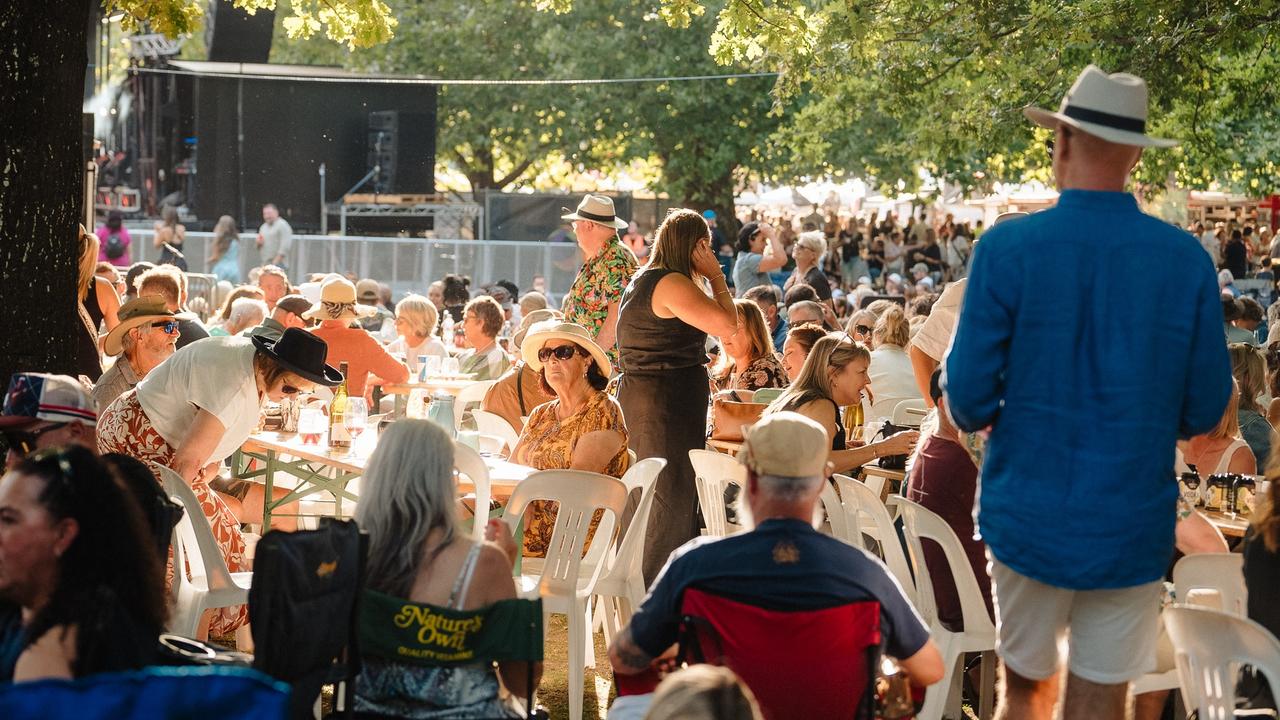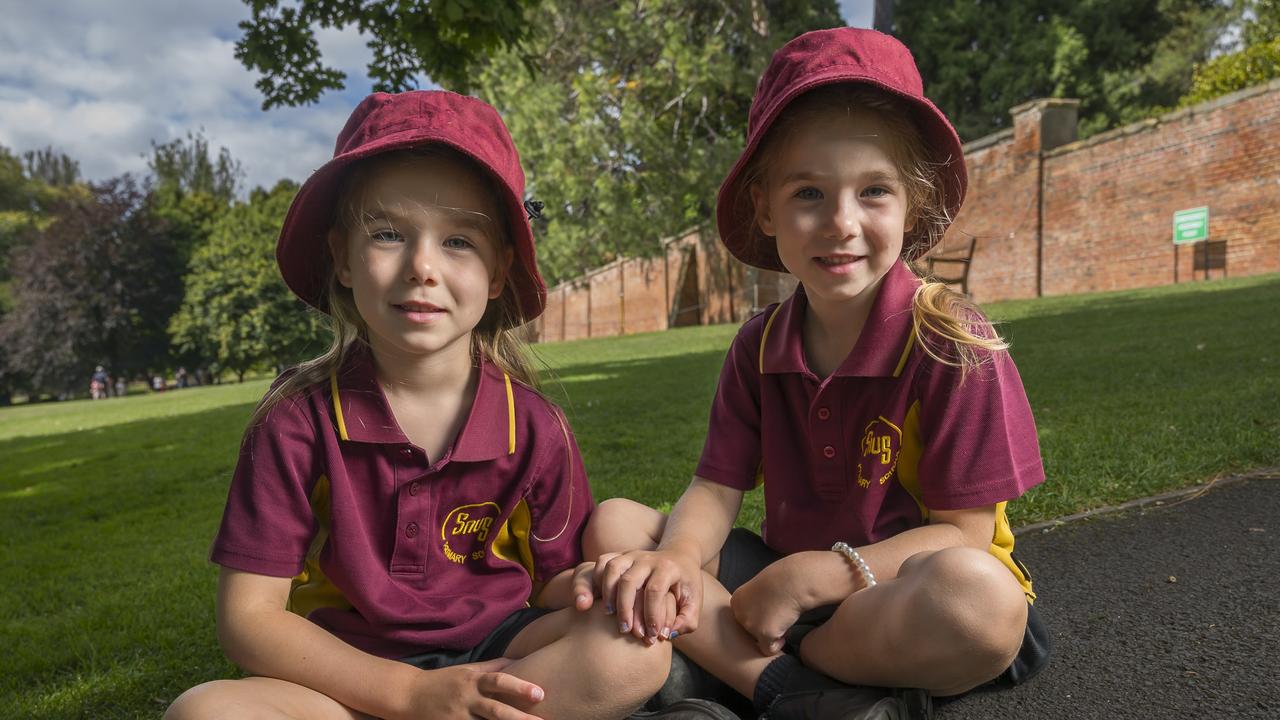Renewable energy: 1500MW needed for five largest green hydrogen projects to progress
As the state’s energy wars reignite, with Hydro Tasmania finally confirming there is no spare capacity for projects of 50MW or more, the government’s much-vaunted hydrogen plan could be at risk.
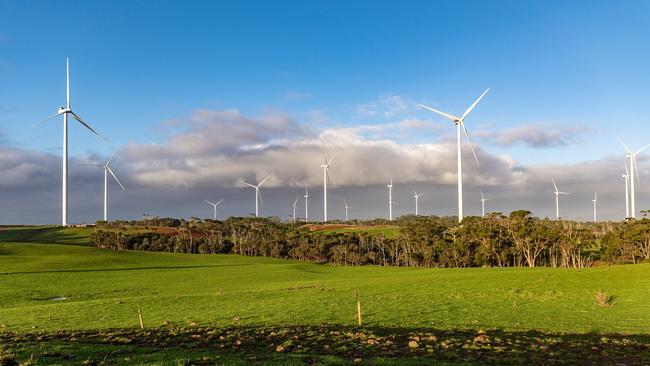
Tasmania
Don't miss out on the headlines from Tasmania. Followed categories will be added to My News.
Tasmania would need about 1500MW of new renewable energy generation to support the five largest green hydrogen projects being explored, to say nothing of additional demand driven by population growth, industrial expansion and electric vehicle uptake.
The debate over whether Tasmania is facing a looming energy crisis has reignited in the past week, with Labor, the Tasmanian Chamber of Commerce and Industry, Clean Energy Tasmania and Hydro Tasmania all voicing concerns that renewable energy generation is not being added to the state’s grid fast enough to meet the state’s economic goals.
According to Mercury analysis, if the five largest proposed green hydrogen projects slated for the state were to progress – and no final investment decision has been made on any of them – the state would need to add about 1500MW of new capacity to the grid.
They are HIF Global’s Surrey Hills eFuels plant (250MW), ABEL Energy’s Bell Bay Powerfuels project (240MW), Origin Energy’s green ammonia plant (500MW-plus), Grange Resources’ Port Latta transition from natural gas to green hydrogen (90–100MW) and Fortescue Future Industries’ green ammonia plant (250MW).
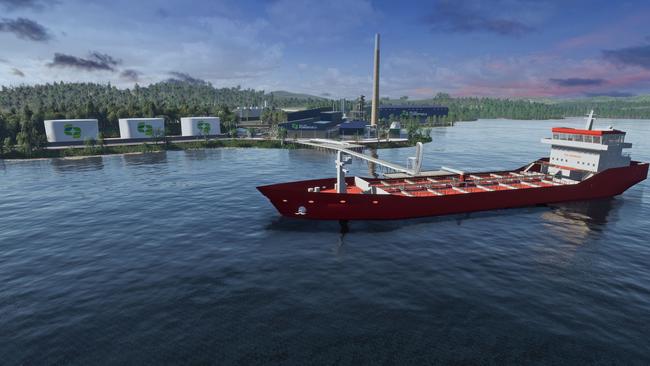
And while there are a plethora of wind farm proposals across the state which, if constructed, would theoretically add up to 4600MW of generating capacity, as well as various solar and pumped hydro projects, little capacity has been added since the 112MW Granville Harbour Wind Farm became operational in 2020 (barring a 1.5MW solar farm on King Island).
Co-ordinating the grid’s transformation is causing headaches for Tasmanian policy makers.
Steep cost blowouts to the Marinus Link interconnector and North-West Transmission Developments have further muddied the waters, with Labor’s energy spokesman Dean Winter claiming a decision to defer stage two of NWTD has put at risk at least six wind farm proposals in the state’s West and North-West.
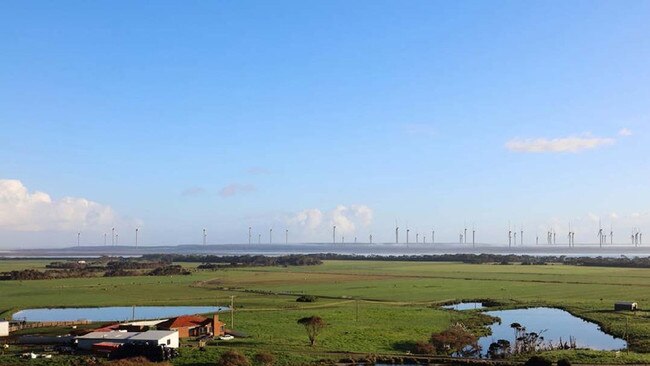
Earlier this week, Ian Brooksbank, Hydro Tasmania’s chief executive told the Australian that while the state’s current needs could be met, any business or industry seeking 50MW or more would have to wait for new generation.
A notable example has been Norske Skog’s Boyer paper mill, which earlier this year was unable to secure an additional 50MW to convert its boilers to electric.
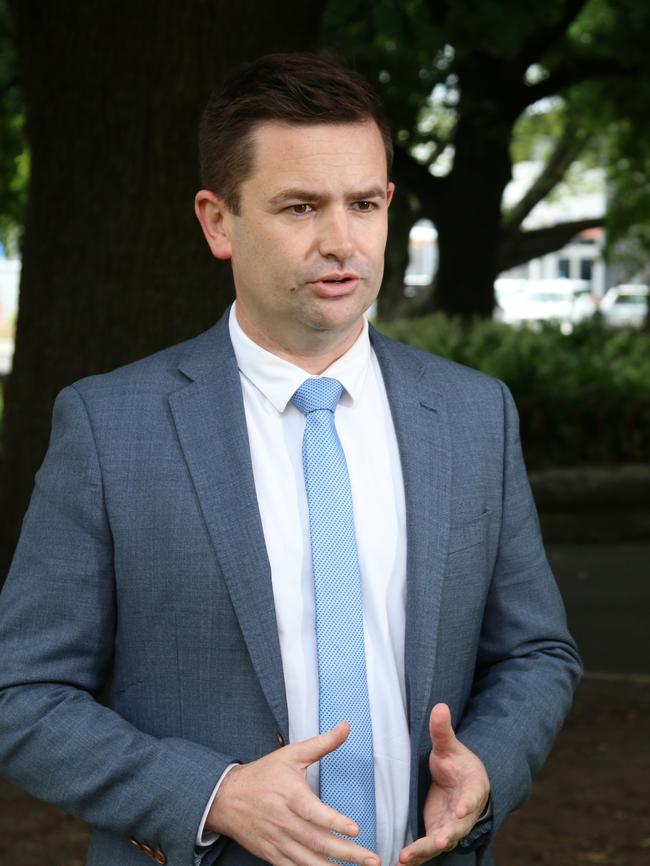
“In an average year of average rainfall and average wind, we’re neither importing nor exporting energy for energy security needs, so there is enough energy in the system today to satisfy existing demand,” he said.
“We get approached by all organisations that want a large amount of power … they all know that hydro is the source of firming and that new variable renewable generation, predominantly wind turbines, will be the source of the energy that they need.”
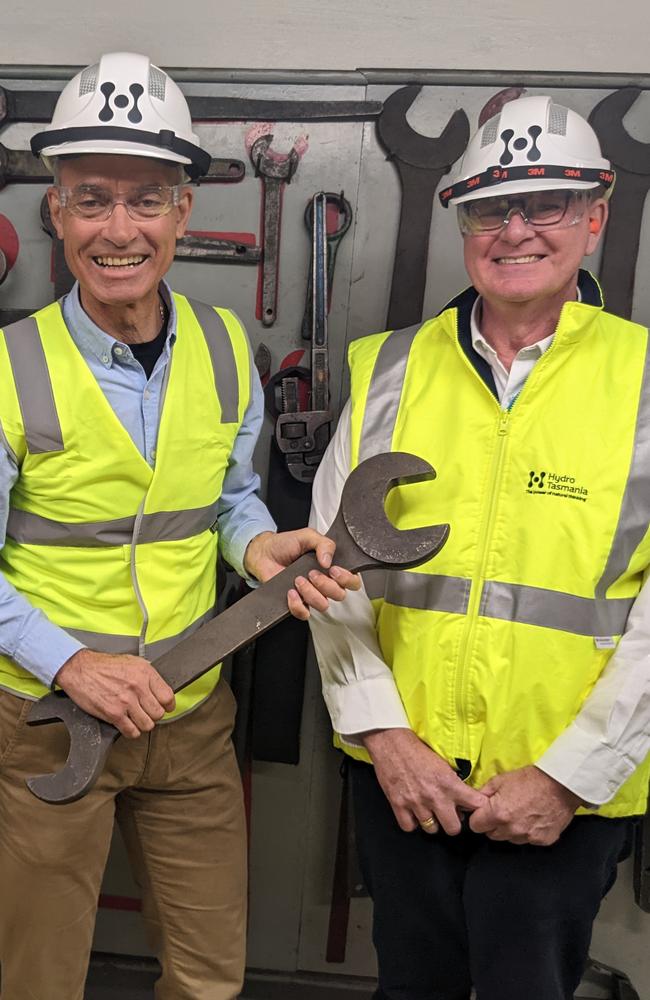
Ian Jones, the chair of Clean Energy Tasmania, which represents major renewable energy proponents, said Tasmania was at risk of squandering its 100-year head start the state had on the rest of the federation in renewable energy.
“Tasmania’s economy is forecast to shrink this financial year. Energy costs and lack of supply are key drivers of that,” he said.
A government spokeswoman previously told the Mercury the energy system was “currently in balance” and new generation projects had the government’s strong support, and any suggestion otherwise by Labor was “fearmongering and talking Tasmania down”.
More Coverage
Originally published as Renewable energy: 1500MW needed for five largest green hydrogen projects to progress




